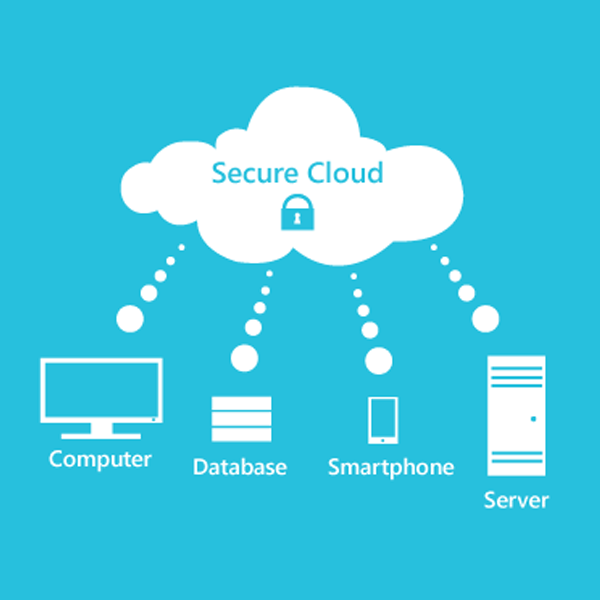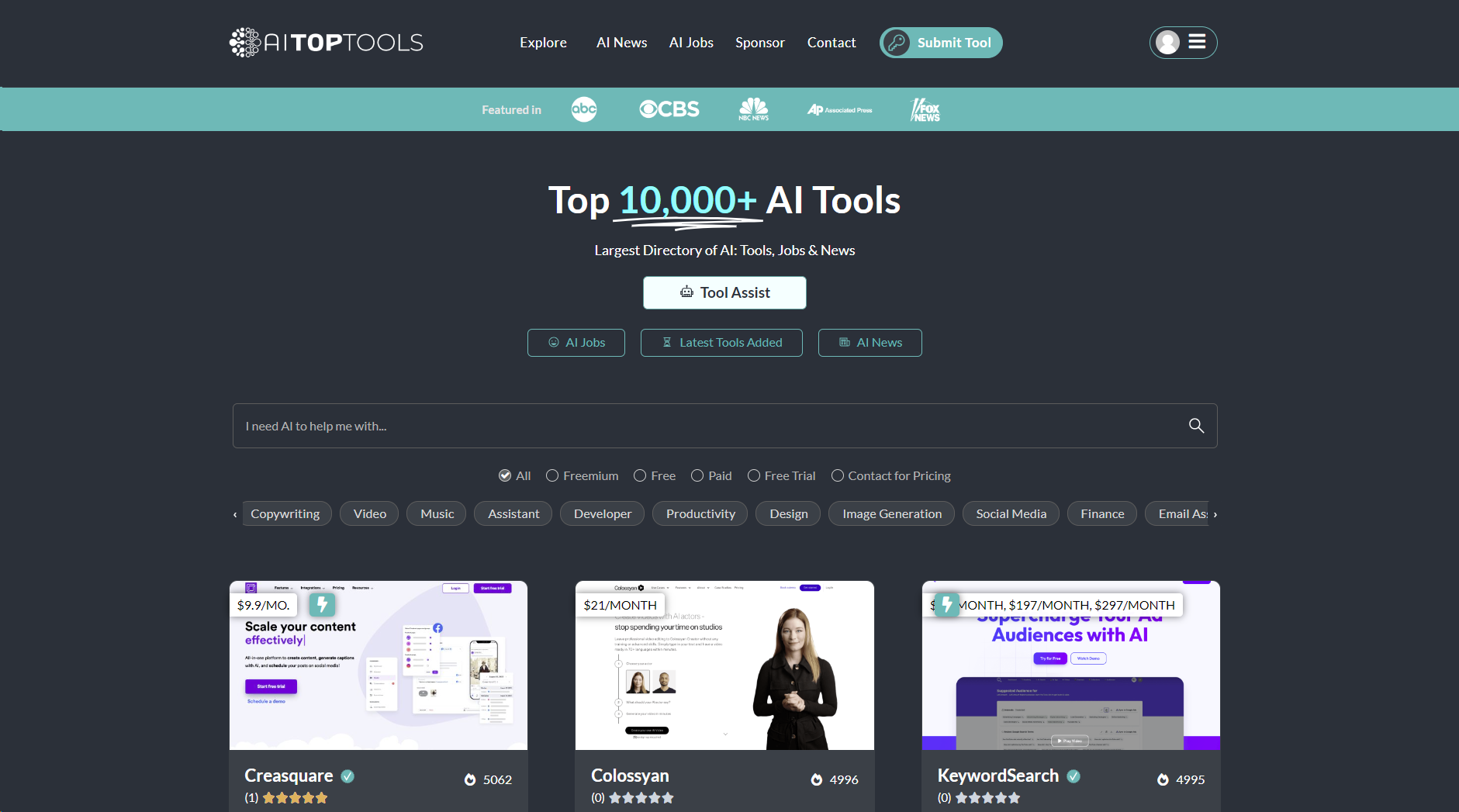In today’s data-driven world, the value of our digital assets cannot be overstated. From cherished memories captured in photos and videos to critical business documents and sensitive financial records, our data represents an invaluable part of our lives.
Yet, all too often, we hear harrowing stories of data loss due to hardware failures, cyber-attacks, or simple human error.

To safeguard against these potential disasters, a robust backup strategy is essential, and one rule stands above the rest – the 3-2-1 backup rule. In this article, we’ll explore the significance of this rule and how it can provide you with an ironclad shield against data loss.
Understanding the 3-2-1 Backup Rule
The 3-2-1 backup rule is a straightforward and effective guideline designed to ensure that your data remains protected at all times. It emphasizes creating multiple copies of your data, diversifying storage locations, and incorporating redundancy into your backup approach.
The rule is as follows:
- Three Copies of Your Data: Always maintain at least three copies of your data. This includes the original data and two additional backup copies. These copies can be stored on different storage media or platforms, providing redundancy in case of data corruption or hardware failure.
- Two Different Storage Mediums: Utilize two different types of storage media to store your backup copies. For example, if your primary data is stored on a computer hard drive, consider using an external hard drive or a cloud-based storage solution for your backups. This ensures that if one storage medium fails, you have a backup on a separate medium.
- One Offsite Backup: Store one of your backup copies offsite, away from your primary location. In the event of a physical disaster like fire, flood, or theft, having an offsite backup ensures your data remains safe and recoverable.
Why the 3-2-1 Backup Rule Matters
Protection Against Hardware Failures
Hard drives can fail unexpectedly, and without a proper backup strategy, you risk losing all your data. The 3-2-1 rule mitigates this risk by having multiple copies on different storage media, reducing the chance of data loss due to hardware failure.
Resilience Against Cyber-Attacks
With the rise in cyber threats, ransomware attacks, and other malicious activities, having multiple backups becomes crucial. If your primary data becomes compromised, having an uninfected backup stored separately ensures you can quickly restore your data without giving in to ransom demands.
Safeguarding Against Human Errors
We’re all prone to making mistakes, and accidental deletions or overwrites can lead to significant data loss. By adhering to the 3-2-1 rule, you have additional copies to fall back on, protecting you from data loss caused by human error.
Disaster Recovery Preparedness
In the face of natural disasters, fires, or other catastrophic events, having an offsite backup ensures that your data remains safe, allowing you to rebuild your digital life or business operations more swiftly.
Implementing the 3-2-1 Backup Rule
Now that we understand the importance of the 3-2-1 backup rule, let’s explore practical steps to implement it effectively:
- Identify Critical Data: Determine which data is crucial and needs to be backed up regularly. This includes personal files, documents, databases, emails, and any other irreplaceable information.
- Choose Your Backup Solutions: Invest in reliable backup solutions that fit your needs. This could include using an external hard drive, a network-attached storage (NAS) device, or cloud-based backup services. Make sure to choose reputable providers with secure data centers for offsite backups.
- Automate Backups: Manually backing up data leaves room for forgetfulness and negligence. Automate your backup process to ensure regular and consistent backups without requiring constant manual intervention.
- Test Your Backups: Regularly test the restore process to ensure that your backups are functioning correctly. There’s no worse feeling than needing a backup only to find out it’s corrupted or incomplete.
- Update Your Backups: As your data changes over time, remember to update your backups to reflect these changes. Set up a schedule for regular backups to ensure you always have the latest versions available.
Conclusion
In a digital landscape where data loss can have catastrophic consequences, the 3-2-1 backup rule stands as the ultimate shield against disaster. By having multiple copies of your data on different storage media, with one copy safely stored offsite, you ensure that your data remains secure, no matter the circumstances.
Embrace the 3-2-1 backup rule today, and enjoy peace of mind knowing your digital world is protected from harm. Don’t wait until it’s too late — contact MR Cloud today to safeguard your most valuable asset: your data.


